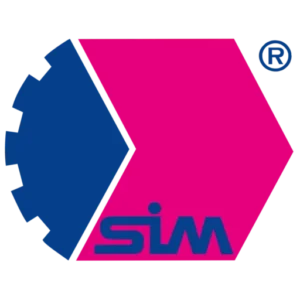Introduction
3-axis CNC machining was the industry standard for a long time, but advances in technology
have led to the introduction of 4- and 5-axis machines that offer much broader capabilities. In
this article, we will look at the differences in machining parts between 3-axis and 4-axis and
5-axis milling.
What is 3-axis CNC machining, and what are its
limitations and applications?
CNC 3-axis machining is considered the standard and most basic process in the production
of metal and plastic parts. It is characterized by the movement of the working tool along
three axes: X (horizontal), Y (vertical) and Z (depth). This makes it an extremely versatile
method in the area of simple part geometries.
Limitations of 3-axis machining
3-axis machining does not allow the workpiece to be rotated, which limits the ability to
perform holes or milling at complex angles without additional workpiece clamping and
alignment, significantly increasing production time. Complicated shapes with curves or that
require precise machining on multiple sides are difficult or impossible to machine using only
three axes.
Applications of 3-axis machining
Despite these limitations, 3-axis machining remains an indispensable tool in many
applications, especially where part geometry is relatively simple and does not require
complex machining at different angles. It is widely used in the manufacture of machine parts,
electronic components and other fields where speed and cost of production are as important
as precision.
4-axis milling – comparison with 3-axis CNC machining
CNC 4-axis milling introduces an additional axis, significantly expanding part machining
capabilities compared to 3-axis milling described earlier. In 4-axis milling, in addition to the
classical movements in the X, Y and Z axes, the possibility of rotating the surrounding
workpiece of the axes (X or Y) is introduced. This allows workpieces to be machined from
different sides without the need to manually reposition them, which not only increases
machining precision, but also reduces production time
Challenges and solutions in 4-axis machining
4-axis milling has presented manufacturers with new challenges, such as the need for
specialized software to program tool paths and higher requirements for operator
qualifications.
What is 5-axis CNC machining and what advantages
does it have
5-axis CNC milling represents the most advanced form of machining, augmenting the
conventional three axes (X, Y, Z) with two additional rotary axes (A and B or C) that allow the
workpiece to rotate and tilt, providing access to almost every point of the workpiece from a
single fixture. This has created the ability to machine complex shapes with high dimensional
accuracy and surface quality.
Advantages of 5-axis milling
Although 5-axis machines are more expensive to purchase and operate, their ability to
machine complex parts quickly and accurately can significantly reduce production costs per
unit. The ability to perform multiple machining operations in a single workpiece position
significantly reduces production time by eliminating the need for multiple fixturing and
setups, providing a more consistent surface finish.
Summary: What are the benefits of using 4- and 5-axis
milling in the production of mechanical components?
At SIM Gdynia, 4- and 5-axis milling has enabled us to transcend traditional machining
limitations, opening the door to producing complex shapes and surfaces that were previously
beyond our reach.
By using machining centers, such as the 4-axis RWA 250L G (Tsudakoma) and 5-axis
5A201FA (Nikken), we have gained significant benefits, including reducing the time required
for production preparation and execution, increasing process efficiency, minimizing material
waste, and lowering labor costs by automating and integrating machining operations.
The ability to fine-tune the tool angle characteristic of 5-axis milling has significantly
improved the finish quality of our products, while opening up our manufacturing capabilities
to more demanding sectors such as the military and aerospace industries.

